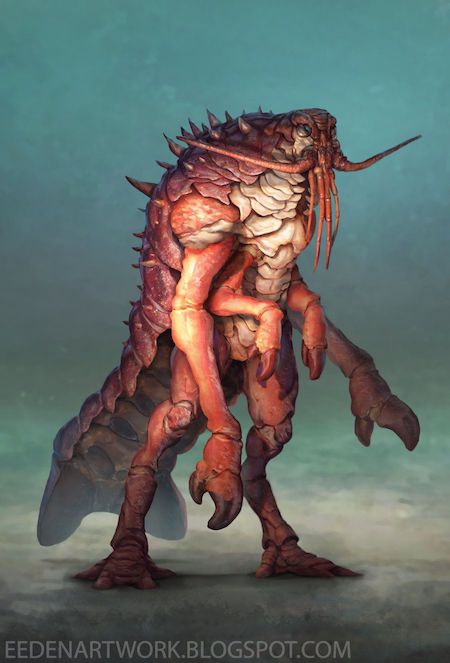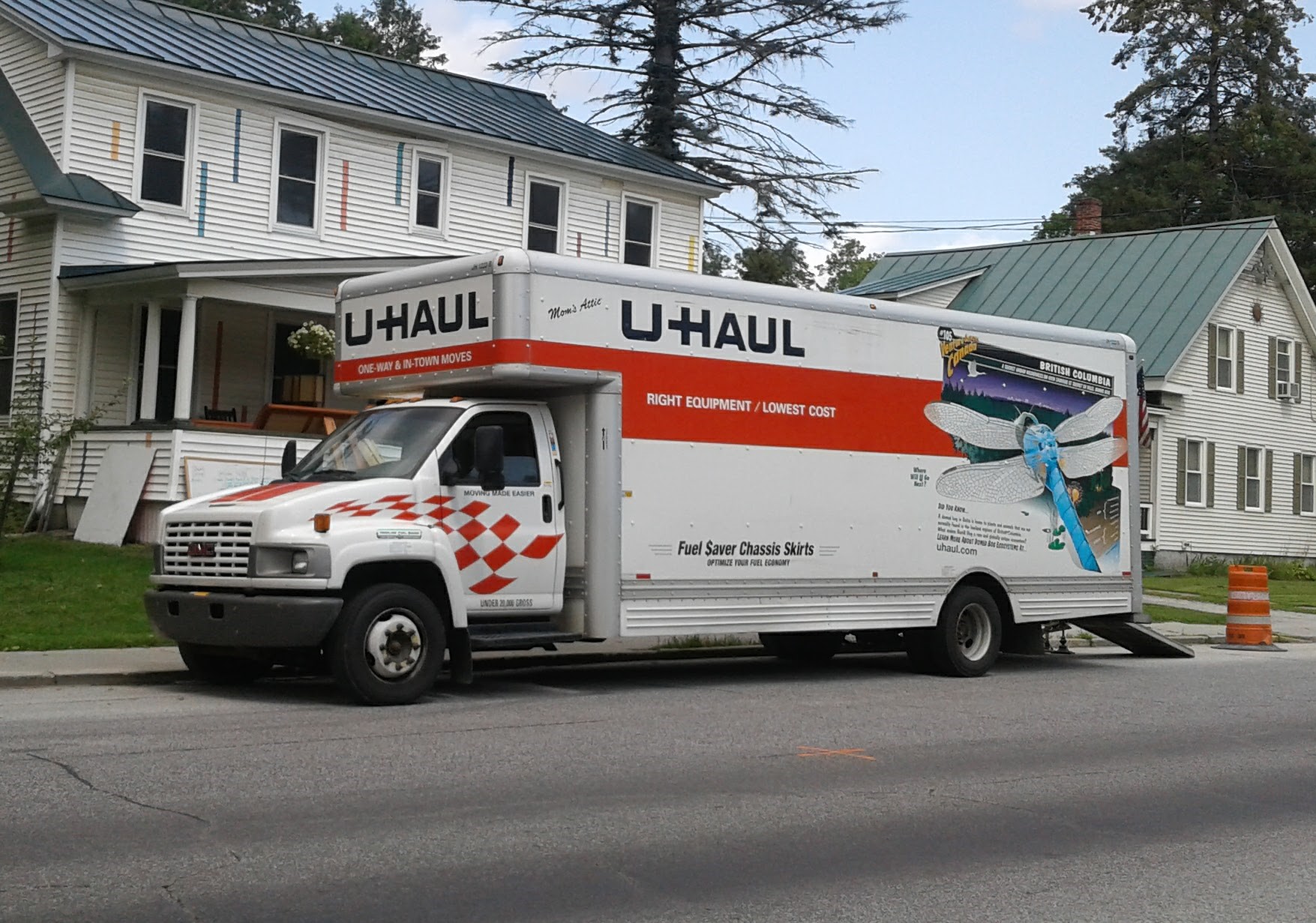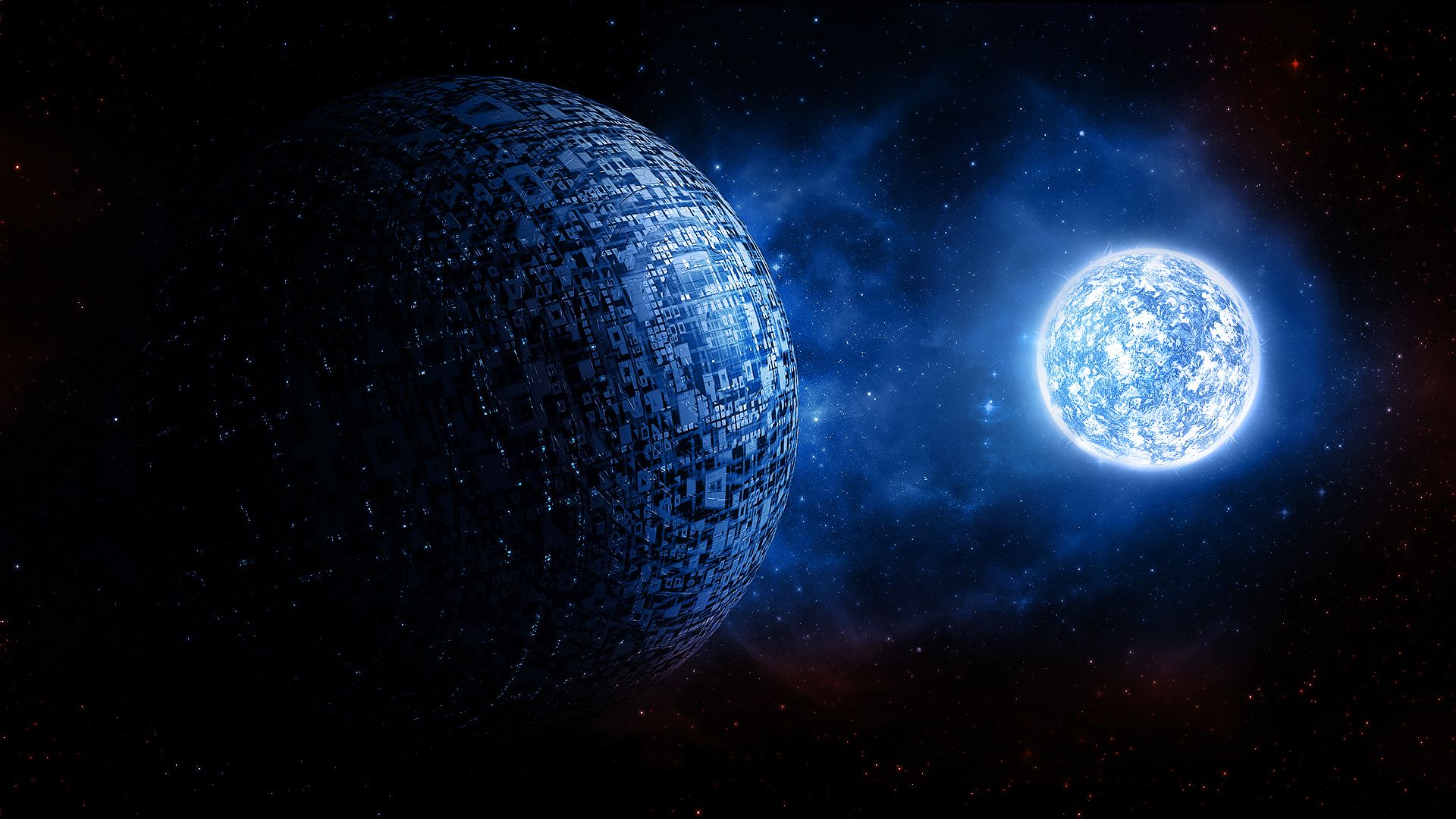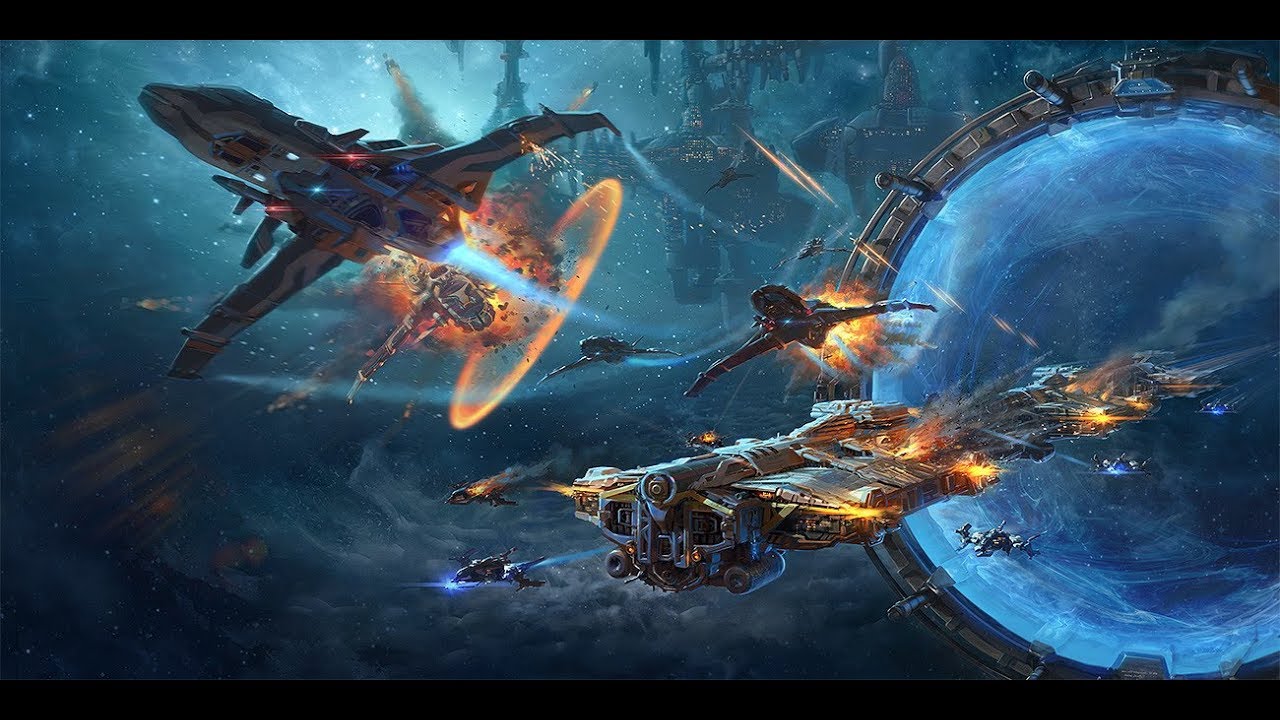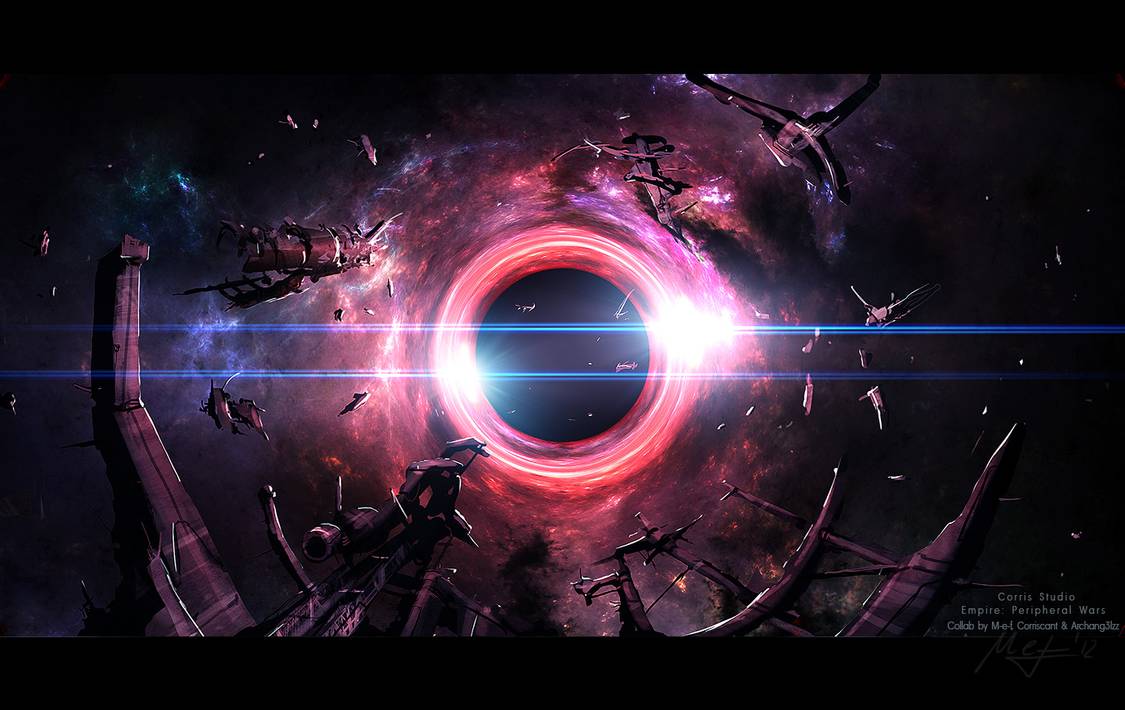What’s the cargo again? I am not quite sure, honestly, but it has something to do with the Astakos festival next week. The crab people? Actually, they are a bit closer to lobsters than crabs, but yes next week is special to their kind.
Hello, and welcome to the New Year!
GM Note. I wanted to take a look at a ‘”new year” celebration in space, but I wanted to play with the reality that a year on one planet can have vastly differing lengths of time. For a creature that lives a couple hundred Golarion Years on a planet who’s year is the length of 37 Golarion years, an “annual” festival that occurs every 37 years is going to be difficult for humans to understand.
The System. The Astaki system is a binary system comprised of a large star and a small black hole, known as together as Anantisto (The Mismatched Twins). The planets, therefore, formed at much greater distances than did those of the Pact Worlds (relatively speaking), and so they have much longer years. The star is active enough to burn away the atmospheres of the closest 5 planets, but the black hole manages to steal or scatter enough radiation to save a couple of them, especially when they are in its shadow. Even with the long-term eclipsing (lowers light and temperatures to survivable levels), most of the planets receive too much radiation to support life or they are simply too far away to retain heat.
 The Evolution. The fifth of twelve planets, Okeanos, is a world of endless seas and no limit to the life forms that thrive in the bottomless depths. Roughly the size of Golarion, but with little land to live on, the amount, depth, and makeup of the oceans has allowed life to emerge. Throughout the year, the planet is receives solar radiation in waves based on its location in orbit and the position of Anantisto. As the radiation rises, the waters near the surface of the heat up and become dangerous. As life evolved, plants and creatures either learned to sense the changes and retreat into the depths or they developed defense mechanisms. Much of the plant life evolved include a buoy system that causes them to sink as their radiation levels rise while much of the animal life that fed on them simply learned over time to follow them up and down. Fully one third of the creatures on Okeanos developed a special kind of blubber that absorbs radiation, allowing them to survive what would normally be dangerous conditions. As the radiation saturates the blubber it hardens, until it must be shed and replaced. Once every year, a large solar flare erupts from the sun and is gravitationally pulled right through Okeanos’ orbit, nearly boiling the surface waters with radiation before leaving the planet with no sun for a tenth of its year as it passes into the shadow of the black hole.
The Evolution. The fifth of twelve planets, Okeanos, is a world of endless seas and no limit to the life forms that thrive in the bottomless depths. Roughly the size of Golarion, but with little land to live on, the amount, depth, and makeup of the oceans has allowed life to emerge. Throughout the year, the planet is receives solar radiation in waves based on its location in orbit and the position of Anantisto. As the radiation rises, the waters near the surface of the heat up and become dangerous. As life evolved, plants and creatures either learned to sense the changes and retreat into the depths or they developed defense mechanisms. Much of the plant life evolved include a buoy system that causes them to sink as their radiation levels rise while much of the animal life that fed on them simply learned over time to follow them up and down. Fully one third of the creatures on Okeanos developed a special kind of blubber that absorbs radiation, allowing them to survive what would normally be dangerous conditions. As the radiation saturates the blubber it hardens, until it must be shed and replaced. Once every year, a large solar flare erupts from the sun and is gravitationally pulled right through Okeanos’ orbit, nearly boiling the surface waters with radiation before leaving the planet with no sun for a tenth of its year as it passes into the shadow of the black hole.
The Astakos. Just as legends tell of another breed of humans that hail from a star system with a single planet that evolved a single sentient race, so too are the Astakos a wonder of evolution and perseverance, or perhaps divine providence. With the most advanced blubber on the planet, these creatures evolved from 3 foot long creatures that resemble lobsters of Ancient Golarion into the 9 foot carcinoids that we know today. Due to the dangers of surviving without their natural protection, and the difficulties of mating with large amounts of radioactive blubber, this race evolved to shed their blubber shell just after entering the shadow. During this time, they celebrate the safety of the long twilight and freedom to mate and spawn children. As their society advanced, they began to use magic, followed by technology, to protect themselves and other life from solar radiation during other parts of the year, allowing them their population to increase manifold. Ever in tune with their environment, they chose early on to keep the balance of the planet intact, and so they began developing ways to travel the stars and populate the other planets of their system. In doing so, they learned that their closest neighboring planets have similar flares before their long twilight, and so the Astakos chose those planets to populate, bringing the seeds of life from their home to these barren oceans.
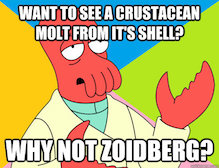 The Festival. While they are capable of adjusting their shedding to the length of year on their host planet, most Astakos that live outside their home system revert to their evolutionary timeline, which ends up being 37 years on Absalom Station. While this is nothing for creatures that evolved to live ten times that, many of the short lived races on Absalom Station only witness one or two shedding festivals in their lives. Combining this with humanity’s curiosity, the perceived danger of the shedding ritual, and the amount of mating that follows, these festivals have become quite the popular event when they take place among humanoids.
The Festival. While they are capable of adjusting their shedding to the length of year on their host planet, most Astakos that live outside their home system revert to their evolutionary timeline, which ends up being 37 years on Absalom Station. While this is nothing for creatures that evolved to live ten times that, many of the short lived races on Absalom Station only witness one or two shedding festivals in their lives. Combining this with humanity’s curiosity, the perceived danger of the shedding ritual, and the amount of mating that follows, these festivals have become quite the popular event when they take place among humanoids.
- Locating the Eclipse. As the ritual takes place immediately before their home world is eclipsed by the black hole, so too must the festival take place just before, and in full view of an eclipse. Most systems that are inhabited by Astakos include at least one Shedding Yacht, a vessel designed and operated for the sole purpose of enabling them to engaged in the shedding. Over time, humanoid crews have become normal to allow maximum participation.
- Basking in the Radiation. When not living on their home world, especially among humanoid races, the Astakos absorb much less radiation than they normally would. Therefore, traveling and adventuring Astakos rarely have enough radiation in their blubber to allow it to harden so that they may shed it. All Shedding Yachts include a Radiation Deck upon which the radiation protections can be lowered, allowing them to absorbing high levels of radiation in short periods of time. This enables those that aren’t ready for the shedding to prepare in a short amount of time.
- The Shedding. Once their blubber has absorbed the appropriate amount, it hardens. They then retreat to somewhere safe of radiation and carefully cut themselves out before joining their kind for mating and spawning.
- Non-Astakos. Ever a social species, anybody and everybody is welcome to partake in the festivities. While no special accommodations are made for them on a Shedding Yacht, no restrictions are placed on their usage of magic and tech to experience all the activities undertaken. While the food, games, and activities are based on the anatomy of the Astakos, many of the festivals that take place amongst other creatures have been altered to allow smaller and weaker (and those without claws) to partake.
- The Long Twilight. As it can take up to 3 and a half years for an Astako to fully replace their blubber, many non-adventurers tend to stay in well shielded vessels for much of that time, employing radiation shield generators and suits anytime they must leave their safety. Adventuring Astakos do not have this luxury, but in their vulnerable state, they are only slightly more susceptible to radiation and sun than fair skinned humans, and so they make sure to employ the same technology and magic to protect them that all adventuring humans do.

